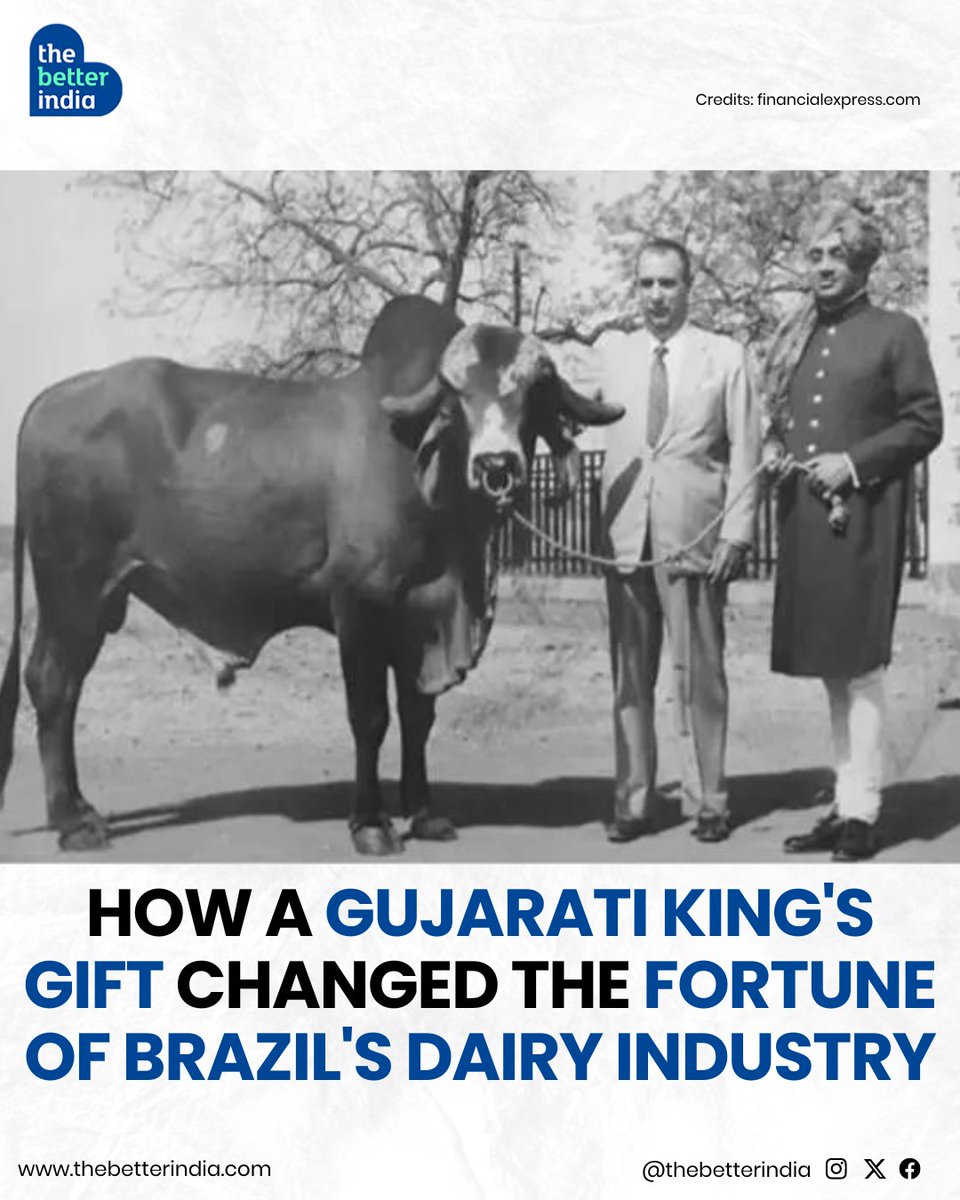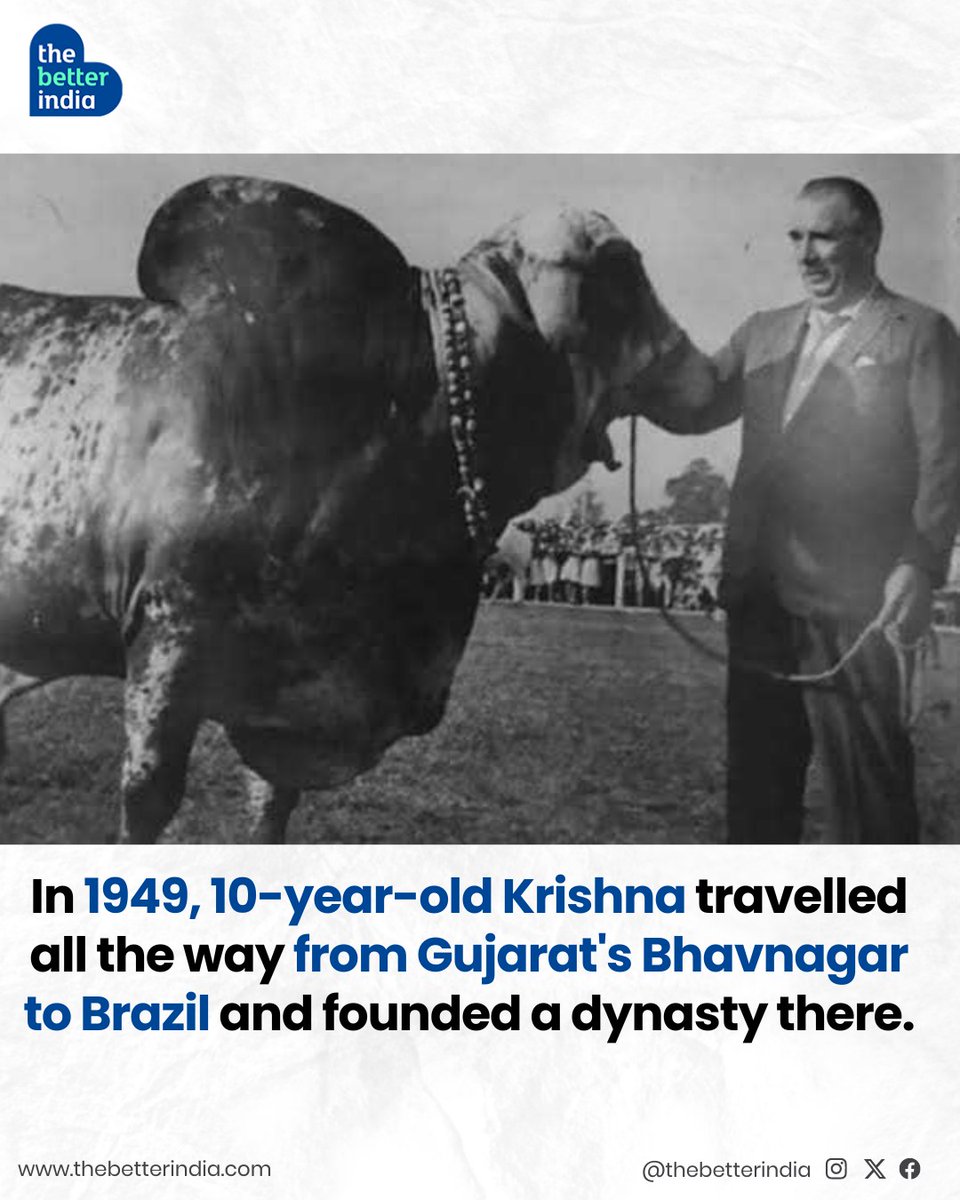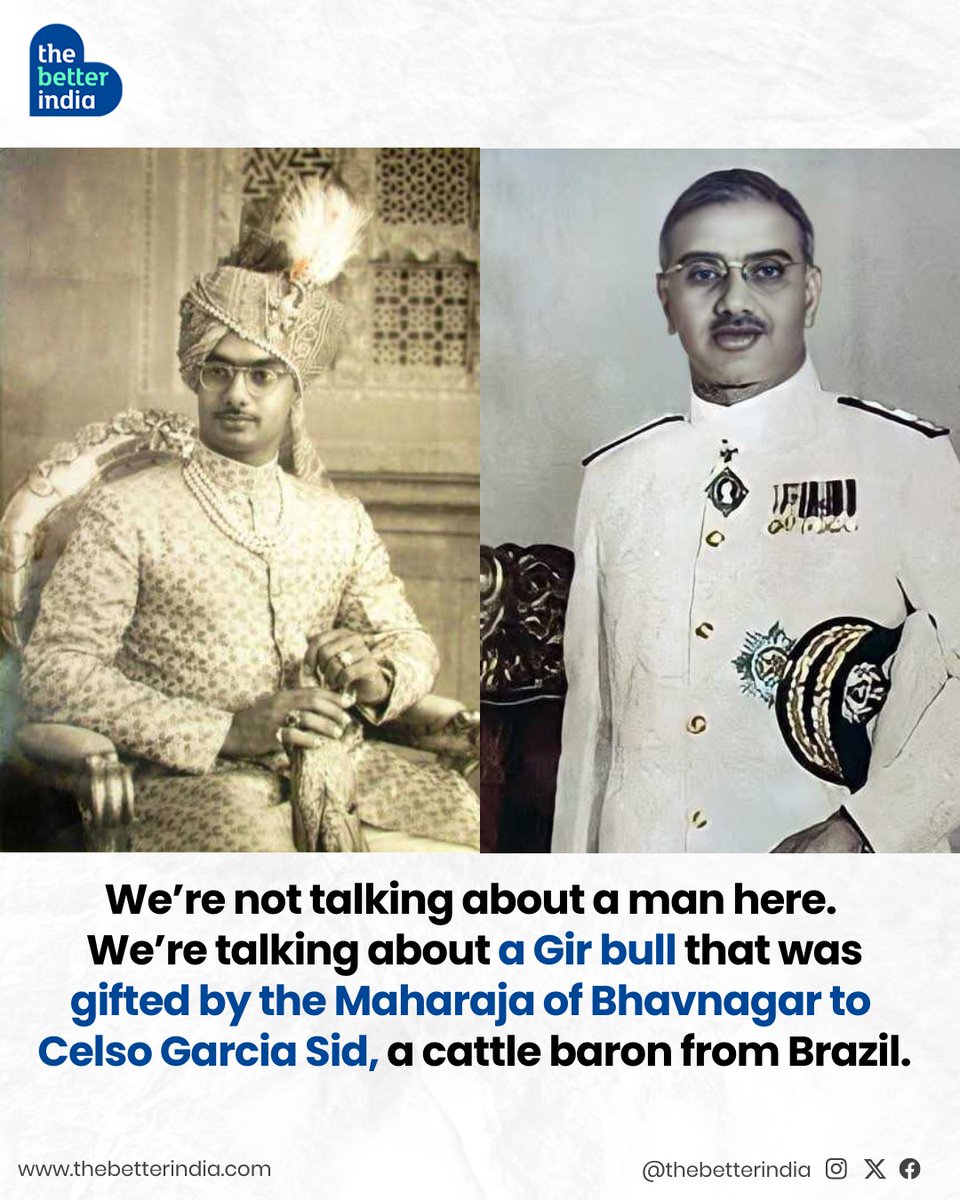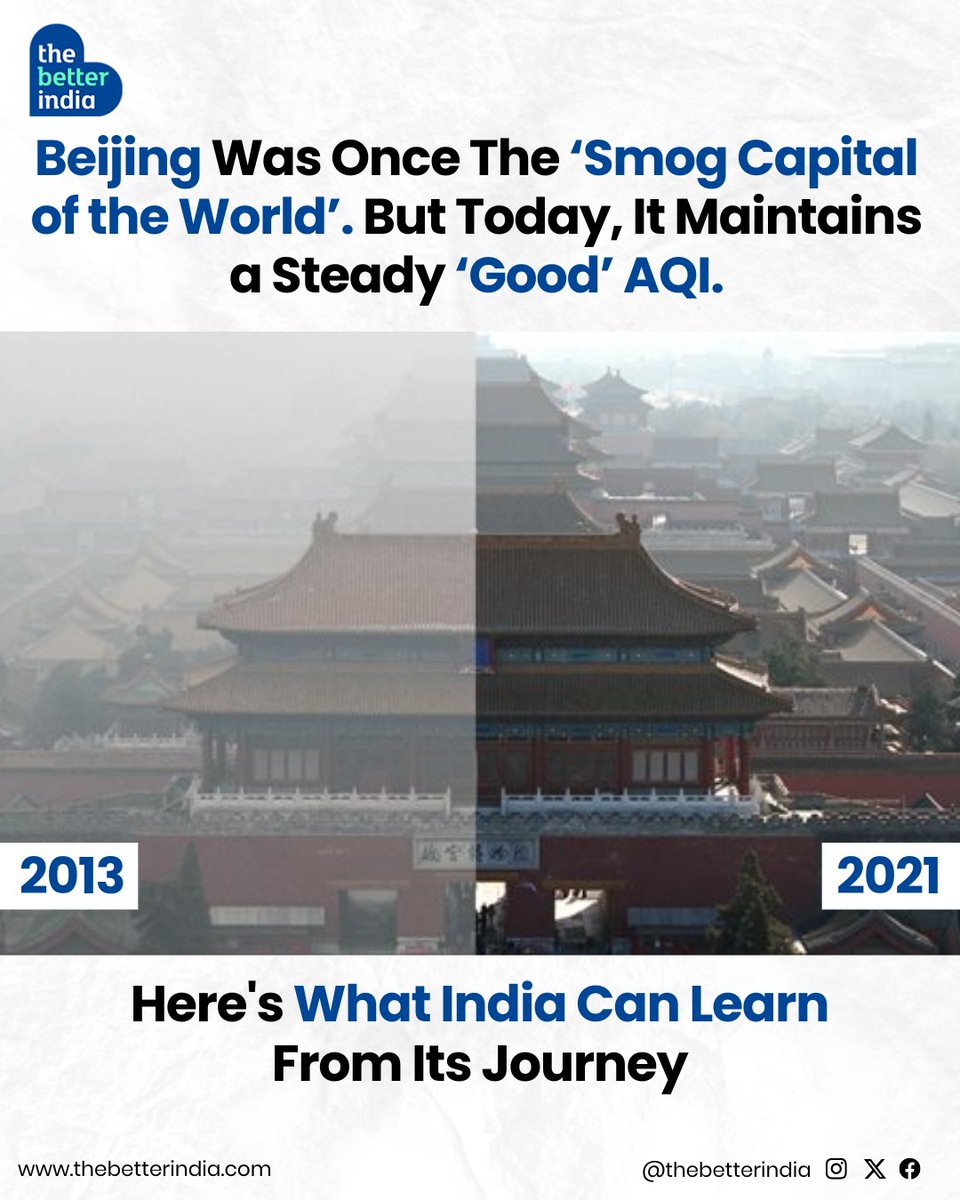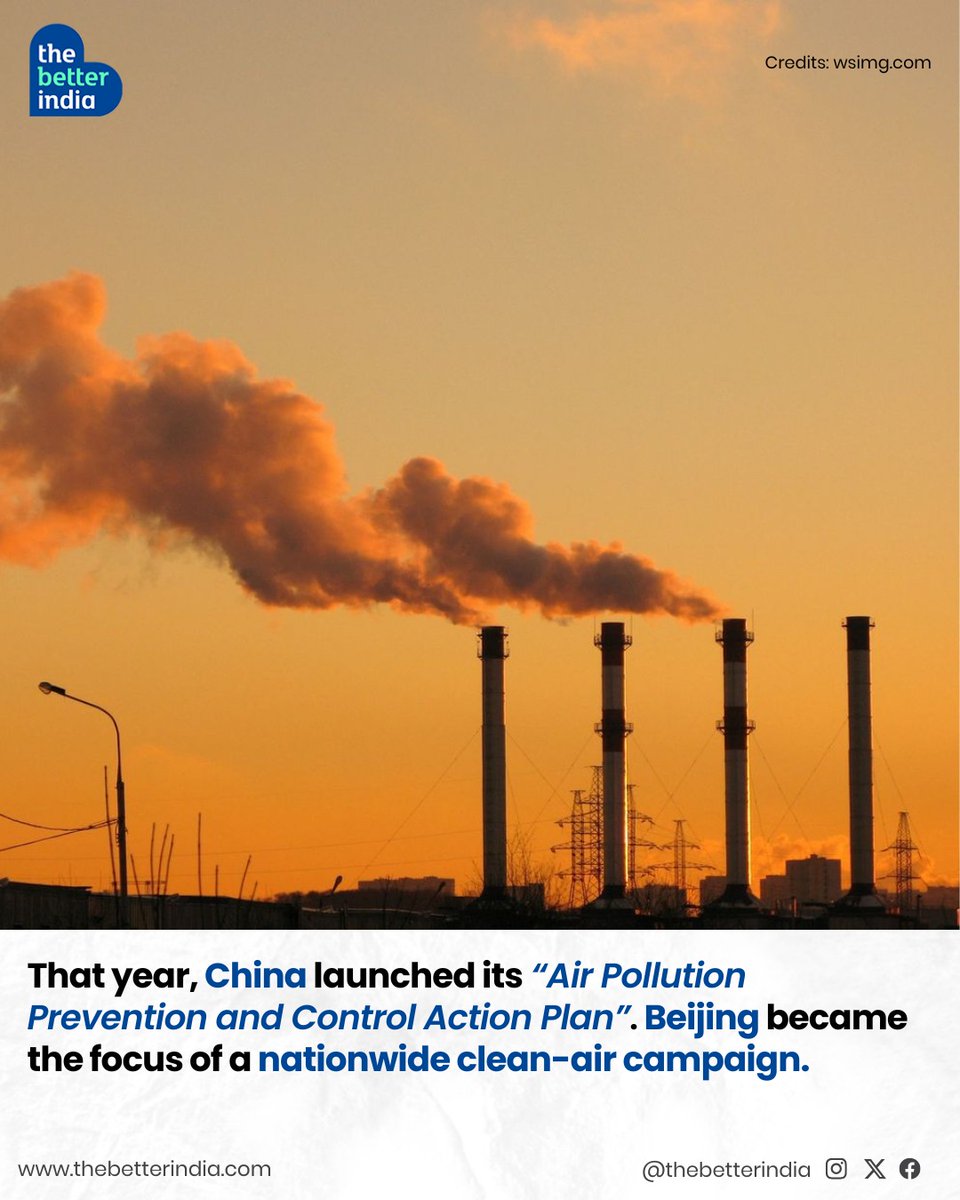#NationalMathematicsDay #Heritage #Thread
1/ We have often marveled over the grandeur of these Indian monuments. But did you know about the mathematics in their stunning architecture? 👇
1/ We have often marveled over the grandeur of these Indian monuments. But did you know about the mathematics in their stunning architecture? 👇

2/ Kandariya Mahadev Temple in Khajuraho is celebrated for the dramatic geometric massing in its lofty towers that create a mountain-like profile. 

3/ The number ‘char’ (four) & its multiples figure in at least 22 spots in the designing of Char Minar. 

4/ Ranakpur Jain Temple stands on a dense network of 1,444 carved pillars, despite which the idol can be seen unobstructed from all directions. 

5/ The Sun Temple at Modhera has 52 pillars placed in a geometrical manner to signify 52 weeks of the year, a Mandap divided into 7 sections for 7 days of the week & 365 elephants forming the Mandap's base for each day of the year. 

6/ World's biggest stone sundial, Samrat Yantra at Jantar Mantar tells the local time to an accuracy of 2 seconds by using just the shadows cast by the sun. 

7/ Virupaksha Temple at Pattadakal is seeded with mathematical concepts - from a triangular dome & square layout to recurrent fractal patterns that echo the geometry of nature. 

8/ The sundial at Konark Sun Temple has 8 major spokes that divide 24 hours into 8 equal parts, which means that the time between two major spokes is 3 hours. 

9/ The tomb at Taj Mahal lies at the exact centre of the base, all the windows are equidistant from one another, & the walkway tiles combine squares & hexagons to create octagons. 

• • •
Missing some Tweet in this thread? You can try to
force a refresh








